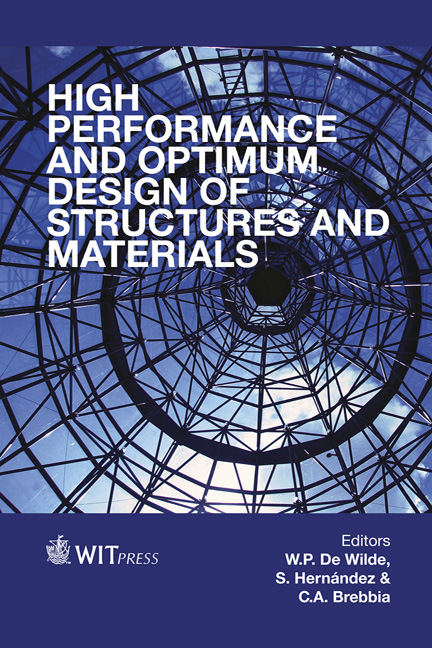Selection Of Conductive Yarns For Knitting An Electrical Heating Element
Price
Free (open access)
Transaction
Volume
137
Pages
12
Page Range
91 - 102
Published
2014
Size
1,560 kb
Paper DOI
10.2495/HPSM140091
Copyright
WIT Press
Author(s)
I. Šahta, I. Baltina, N. Truskovska, J. Blums & E. Deksnis
Abstract
By the integration of electro-conductive properties in the fabric structure a flexible textile can be obtained that does not reduce the quality of comfort, maintenance and wearability of clothing. Each type of yarn has its advantages and disadvantages, for example, metal coated polymer multifilament yarn has a lower resistance to heat than metal multifilament yarn, but it is more flexible. During this research conductive knitted patterns were made and tested. For the experiments more suitable yarns for knitting were selected, which had a lower resistance and were visually less changing of the knitted pattern in appearance: silver coated multifilament polyamide, products of two different companies; stainless steel multifilament yarn and polyester/stainless steel spun yarn. The single-faced patterns of non-conductive yarn and straight and figural conductive traces of conductive yarns were knitted. A test was made with the purpose of finding out the electrical resistance of knitted textile affected by force. Knit warm-up potency was researched during temperature measurement tests. Knitting test pieces were also evaluated by aspect of technical structure and visual appearance. Generally, it was concluded that steel yarns could not be used for knitting while silver coated polyamide yarns are suitable for the manufacture of knitted heating elements. As a result of this research, knitwear with a textile heating element was made. Keywords: electrically conductive yarn, electrical resistance, resistive heating element, knitted heating element.
Keywords
electrically conductive yarn, electrical resistance, resistive heating element, knitted heating element.





